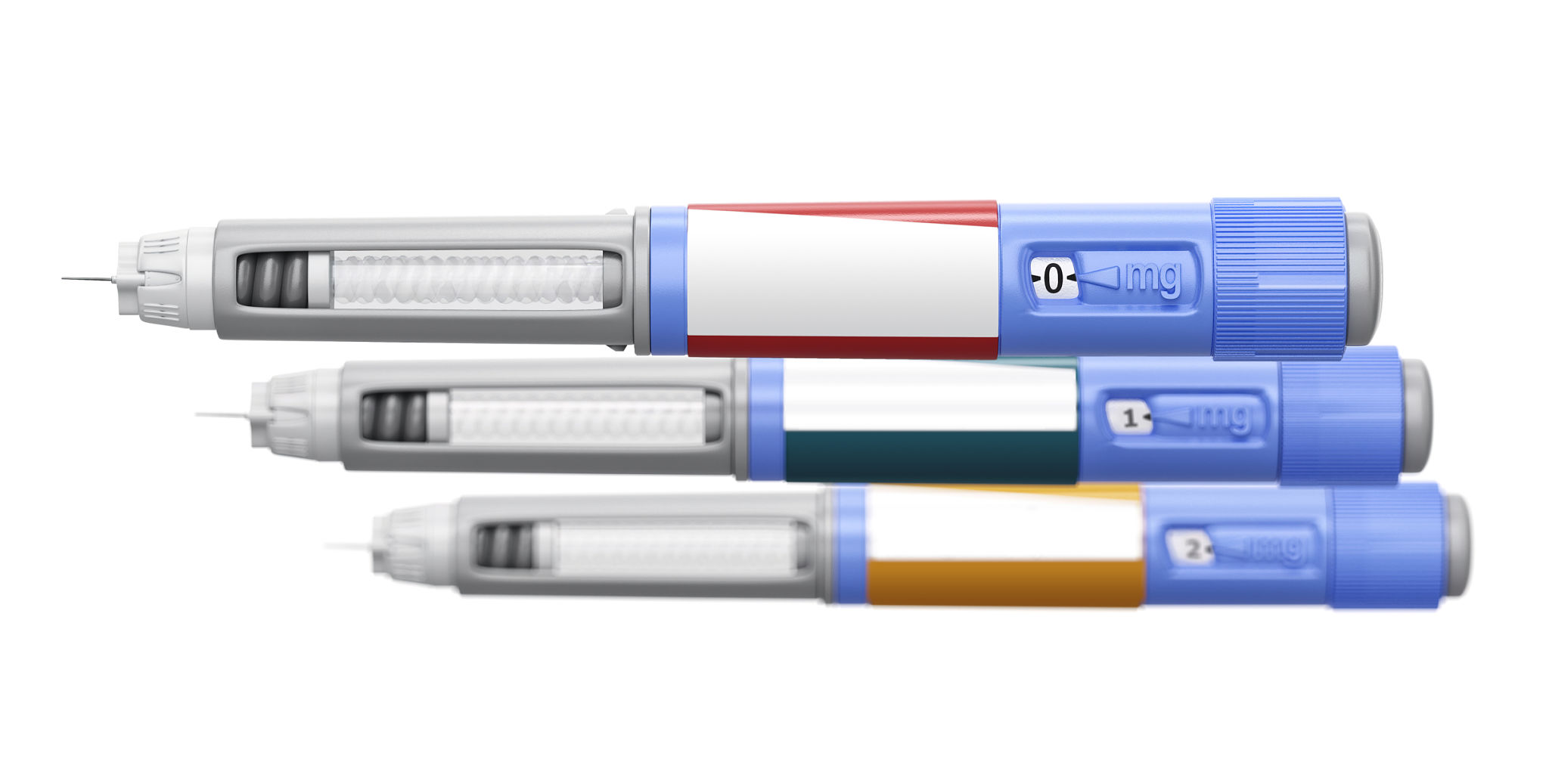Innovations in Sustainable Medical Products: Leading the Way in Healthcare
Introduction to Sustainable Medical Products
In recent years, the healthcare industry has been at the forefront of adopting sustainable practices to reduce environmental impact. This shift is driven by the increasing awareness of the ecological footprint associated with medical products and the urgent need to mitigate it. Innovations in sustainable medical products are not only transforming healthcare but also setting new standards for ecological responsibility.

Why Sustainability in Healthcare Matters
The healthcare sector is known for generating significant waste, primarily due to single-use medical products. These items, often made from non-biodegradable materials, contribute to landfill overflow and environmental degradation. By embracing sustainable alternatives, healthcare providers can significantly reduce their environmental impact while maintaining high standards of patient care.
Moreover, sustainable medical products often lead to cost savings in the long run. They reduce the need for frequent replacements and can lower waste disposal costs. As a result, they offer both economic and environmental benefits, making them an attractive option for healthcare facilities worldwide.
Innovative Materials and Technologies
One of the key areas of innovation in sustainable medical products is the development of eco-friendly materials. Companies are now focusing on biodegradable and recyclable materials that can replace traditional plastics used in medical devices and packaging. For instance, plant-based plastics and biopolymers are gaining popularity due to their lower environmental impact.

Another significant advancement is the integration of technology in creating smart medical products. These innovations include devices that monitor their own usage and wastage, helping healthcare providers better manage resources. By using data analytics, these products can optimize their lifespan and efficiency, further promoting sustainability.
Examples of Sustainable Medical Products
Several examples highlight the strides made in sustainable medical products:
- Biodegradable surgical instruments that minimize waste without compromising on performance.
- Reusable gowns and drapes made from durable, washable materials.
- Eco-friendly packaging solutions that reduce plastic usage and enhance recyclability.
These products not only contribute to environmental sustainability but also ensure patient safety and comfort, demonstrating that quality care does not have to come at the expense of the planet.

The Role of Policy and Regulation
Government regulations and policies play a crucial role in driving the adoption of sustainable practices in healthcare. By setting stringent guidelines for waste management and encouraging the use of eco-friendly materials, authorities can accelerate the transition towards a more sustainable healthcare system.
In addition, certifications and eco-labels for medical products provide assurance to healthcare providers and consumers about the environmental credentials of these products. This transparency fosters trust and encourages wider adoption of sustainable innovations.
The Future of Sustainable Healthcare
The future of healthcare lies in sustainability. As more organizations recognize the importance of reducing their environmental impact, the demand for innovative sustainable medical products will continue to grow. This trend not only benefits the planet but also ensures a healthier future for generations to come.
Ultimately, by prioritizing sustainability, the healthcare industry can lead by example, showing other sectors how to balance innovation with environmental responsibility. With continued research and development, the possibilities for sustainable medical products are limitless, promising a brighter future for both healthcare and the environment.
